The Naturpark Münden
The Naturpark Münden is one of the oldest Naturparks in Germany. It was founded in 1959 and there are only four parks in Germany with a longer tradition.
(There are quite some other Naturpaks in the neighborhood to the Naturpark Münden: “Solling-Vogler” in the north, “Eichsfeld-Hainich-Werratal” in the south-east and “Meißner-Kaufunger-Wald” in the south.)
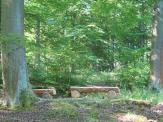 |
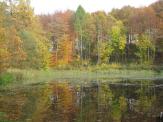 |
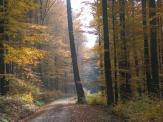 |
Our Naturpark is characterized by rivers, small streams and huge mixed beech forests, covering about 45.000 ha. Many of the small streams are retained in their natural form, flowing through quiet valleys, presenting habitats for kingfishers or white-throated dippers. Even the black stork breeds in the Naturpark secreted in the large forest areas.
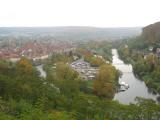 Werra, Fulda and Weser
Werra, Fulda and Weser
Numerous small villages look back on a diverse cultural history. The high availability of timber and water allowed early colonization of the region. And due to the big rivers permitting an easy transport of goods further north promoted trading.
For hundreds of years the people of this region made their living from fishing, floating timber and other goods, charcoal burning or in glass kilns – still you can find some relicts of their interaction.
A famous “kiss” presents the core of the Naturpark, close to the town Hann. Münden: the confluence of the rivers Werra and Fulda. The memorial tablet explains: where these two rivers kiss, both loose their names and the Weser springs from here to flow further north into the North Sea.
Favoured by its beautiful location Hann. Münden is famous for it’s historic town center. More than 700 half-timbered houses remind the visitors of glorious times of shipping and trading.
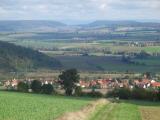
Close to the small town Dransfeld, north-east of Hann. Münden, seldom orchid species can be found. And the tower – built originally by the mathematician Carl Friedrich Gauß for mapping the area of the kingdom Hannover – offers a breathtaking panorama view upon the landscape of the Naturpark Münden and beyond.